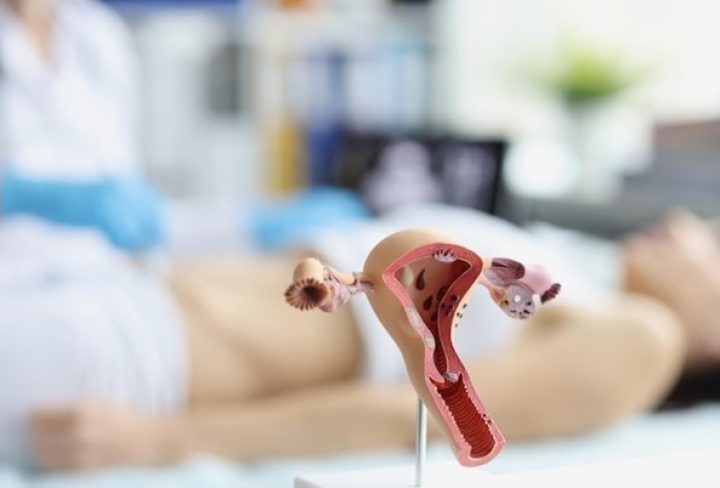Uterine artery embolization (UAE) is a minimally invasive procedure used to treat conditions such as uterine fibroids by blocking the blood supply to the fibroids. Here is what patients can expect during and after the procedure:
Preparation
Consultation: Patients typically undergo a consultation with their doctor to discuss the procedure, its risks and benefits, and any alternative treatments. Medical history, including allergies and current medications, will be reviewed.
Pre-Procedure Instructions: Patients may receive specific instructions regarding fasting before the procedure and any medications they should or should not take.
Consent Form: Before the procedure, patients will be asked to sign a consent form, indicating their understanding of the procedure and its potential risks.
Procedure Steps
Anesthesia: UAE is usually performed under local anesthesia or conscious sedation to keep patients comfortable during the procedure. The choice of anesthesia depends on the patient’s preference and the healthcare provider’s recommendation.
Catheter Insertion: A small incision is made in the groin area, and a thin, flexible tube called a catheter is inserted into the femoral artery. Using fluoroscopy (real-time X-ray guidance), the catheter is then advanced to the uterine arteries.
Embolization: Once the catheter is in place, tiny particles, usually made of plastic or gelatin, are injected into the uterine arteries. These particles block the blood flow to the fibroids, causing them to shrink over time.
Monitoring: Throughout the procedure, the healthcare team monitors the patient’s vital signs and ensures their comfort and safety.
Post-Procedure Imaging: After embolization, imaging tests such as angiography may be performed to confirm that the uterine arteries are adequately blocked and that blood flow to the fibroids has been interrupted.
Recovery Process
Observation Period: Following the procedure, patients are typically observed in a recovery area for several hours to monitor their condition and manage any discomfort.
Pain Management: Patients may experience cramping, pelvic pain, or discomfort after UAE. Pain medications may be prescribed to manage these symptoms.
Activity Restrictions: Patients are usually advised to rest for a day or two after UAE and to avoid strenuous activities for about a week. Most patients can return to normal activities within a few days to a week, depending on their individual recovery.
Potential Side Effects and Common Concerns
Pain and Discomfort: Some patients may experience cramping, pelvic pain, or discomfort after the procedure. These symptoms are typically temporary and can be managed with pain medications.
Vaginal Discharge: It is common to experience vaginal discharge, which may be bloody or watery, for a few weeks after UAE as the fibroids shrink and are expelled from the body.
Menstrual Changes: Some patients may experience changes in their menstrual cycle, such as lighter or heavier periods, after UAE. These changes are usually temporary and resolve as the body adjusts to the effects of the procedure.
Uterine artery embolization is an effective treatment option for uterine fibroids, offering many patients relief from symptoms without the need for surgery. By understanding the procedure steps, recovery process, and potential side effects, patients can approach UAE with confidence, knowing that their healthcare team will provide support and guidance every step of the way.
